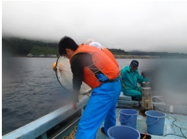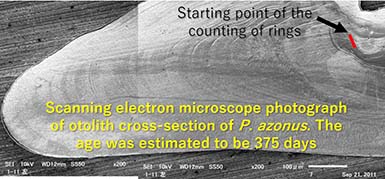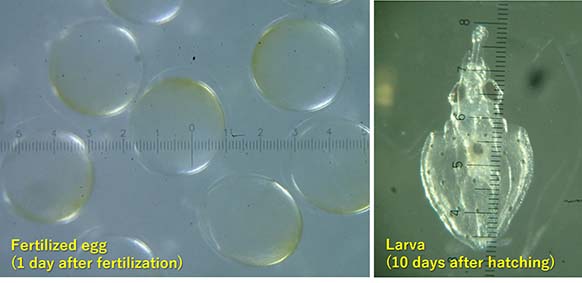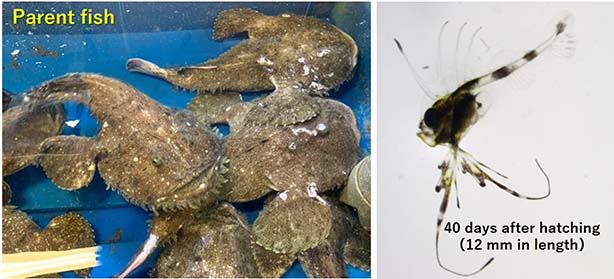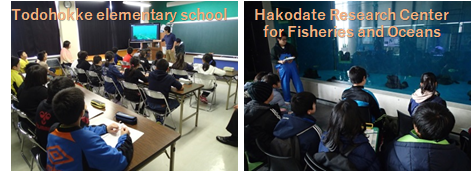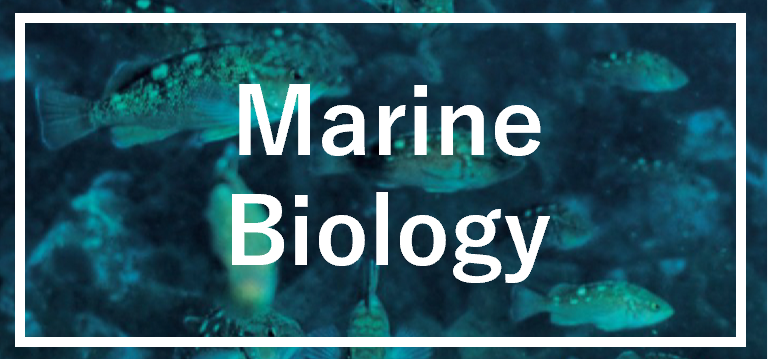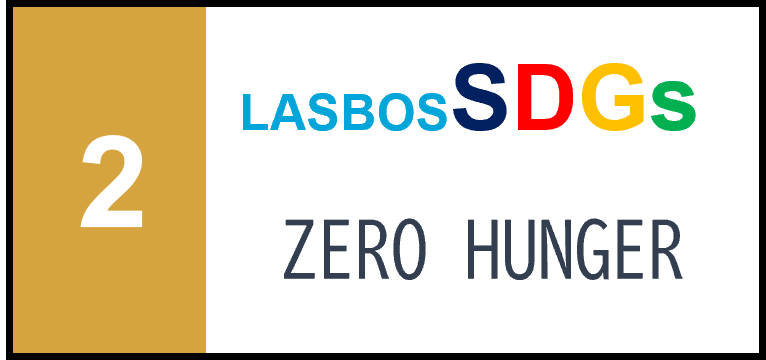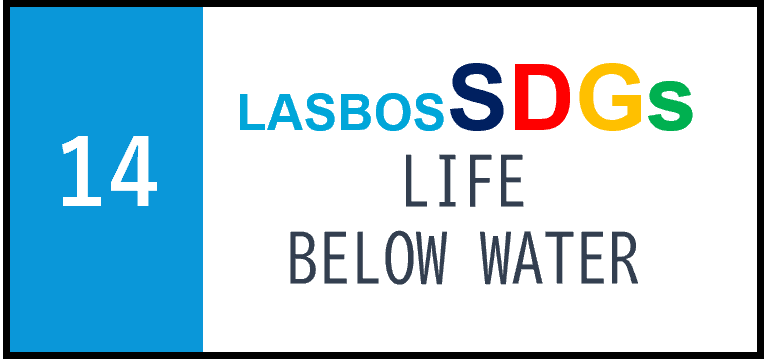Sustainable use of marine resources around Tsugaru Strait
Rangkaan topik
-
-
-
The copyright of this paper belongs to the Japanese Society for Aquaculture Science.
-
-
-
The copyright of this paper belongs to the Japanese Society for Aquaculture Science.
-
-

